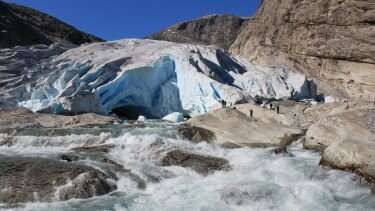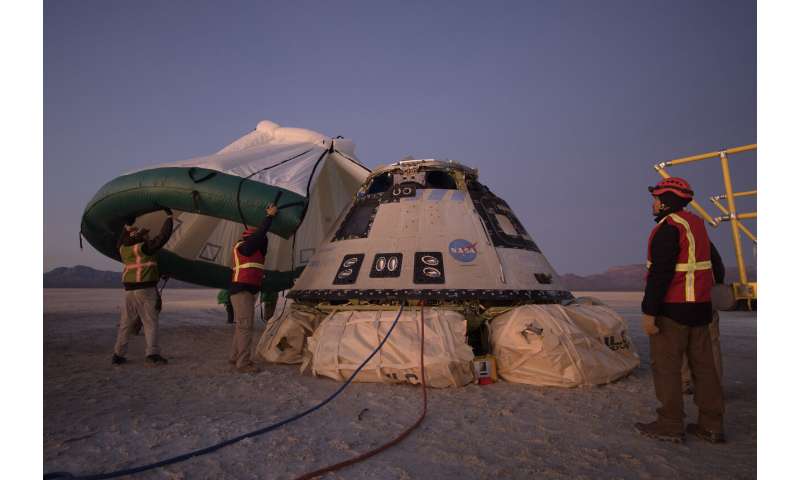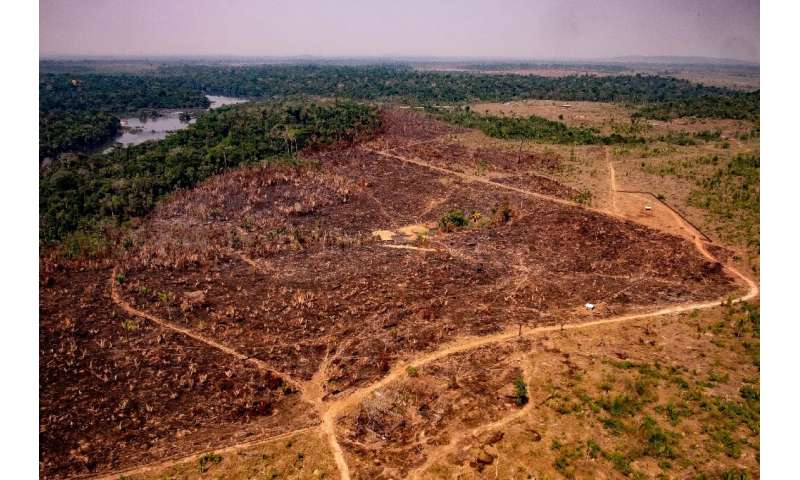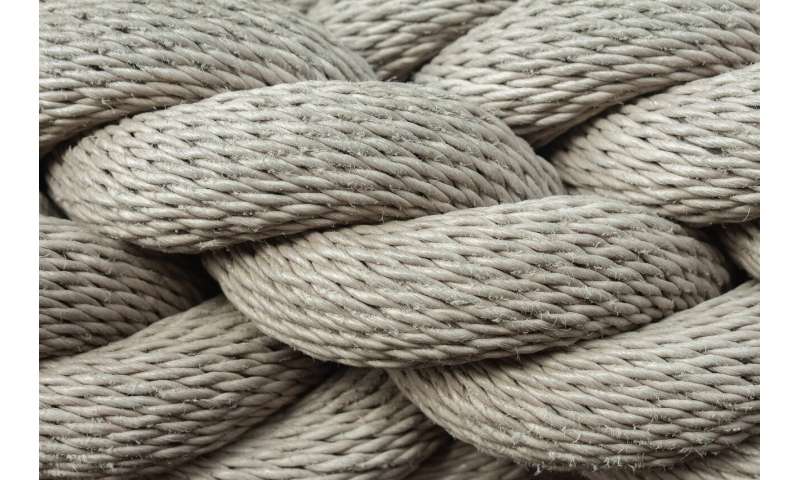Research voyage brings Zealandia secrets to the surface

Fresh evidence of how the continent of Zealandia was created has been published by an international team of scientists co-led by Te Herenga Waka—Victoria University of Wellington's Professor Rupert Sutherland.
The research both upends the previous theory and establishes a new geological concept.
Professor Sutherland from the University's School of Geography, Environment and Earth Sciences was part of the team of predominantly GNS Science researchers that made global headlines in 2017 when they announced Zealandia should count as a new fully-fledged continent, Earth's seventh and smallest.
New Zealand to the south and New Caledonia to the north are the only major land masses of the otherwise mostly underwater Zealandia, which, at 4.9 million square kilometers, is about two-thirds the size of Australia.
Its continental crust is mostly between 10 and 30 kilometers thick, which is thinner than the 30 to 45 kilometers of the six other continents, yet thicker than oceanic crust, which is about seven kilometers thick.
The first scientific drilling expedition to Zealandia in 1972 hypothesized it was underwater after its crust was stretched, thinned and ripped away from the ancient supercontinent of Gondwana (which included Australia and Antarctica) about 85 million years ago.
Although evidence remains compelling that this was at least part of the case, new samples collected and tested by Professor Sutherland and his colleagues during a nine-week Tasman Sea voyage under the auspices of the International Ocean Discovery Program indicate a key additional factor: Zealandia's subsequent modification during the formation of the Pacific Ring of Fire about 50 million years ago.
The Pacific Ring of Fire is a zone of volcanoes and earthquakes that result from the geological process of subduction, where a tectonic plate sinks back deep into the Earth. The process by which the zone formed has always been a mystery.
"We propose that a 'subduction rupture event' propagated around the whole of the western Pacific at that time," says Professor Sutherland. "We suggest the process was similar to a massive super-slow earthquake that resurrected ancient subduction faults that had lain dormant for many millions of years. This concept of 'subduction resurrection' is a new idea and may help explain a range of different geological observations."
As a result of the Pacific Ring of Fire, "things that were in 1,000 meters of water came up to sea level and then subsided down to be more than 1,000 meters deep again," he says. "The permanent effects included the New Caledonia Trough that comes all the way to Taranaki."
Professor Sutherland's team included more than 30 scientists from New Zealand, the United States, Italy, Spain, New Caledonia, China, the Netherlands, Germany, Brazil, Japan, the United Kingdom and South Korea. He co-led it with Professor Gerald Dickens from Rice University in Texas in the United States.
They used a 300-tonne drill to make six boreholes up to 900 meters below the sea floor, from which rock and sediment cores were collected and analyzed for clues about the timing and length of Zealandia's uplift.
"We used fossils from three of the sites to show that northern Zealandia became much shallower and likely even had land areas between 50 and 35 million years ago. At about the same time, two other sites subsided into deeper water, and then the whole region subsided by at least a kilometer to its present depth," says Professor Sutherland.
The team's evidence shows that events such as the creation of the Pacific Ring of Fire "can dramatically alter the geography of continents, and the sedimentary record preserved on Zealandia will help us figure out in more detail how and why it happened, and what the consequences were for plants, animals, and regional climate."
More information: R. Sutherland et al. Continental-scale geographic change across Zealandia during Paleogene subduction initiation, Geology (2020). DOI: 10.1130/G47008.1









